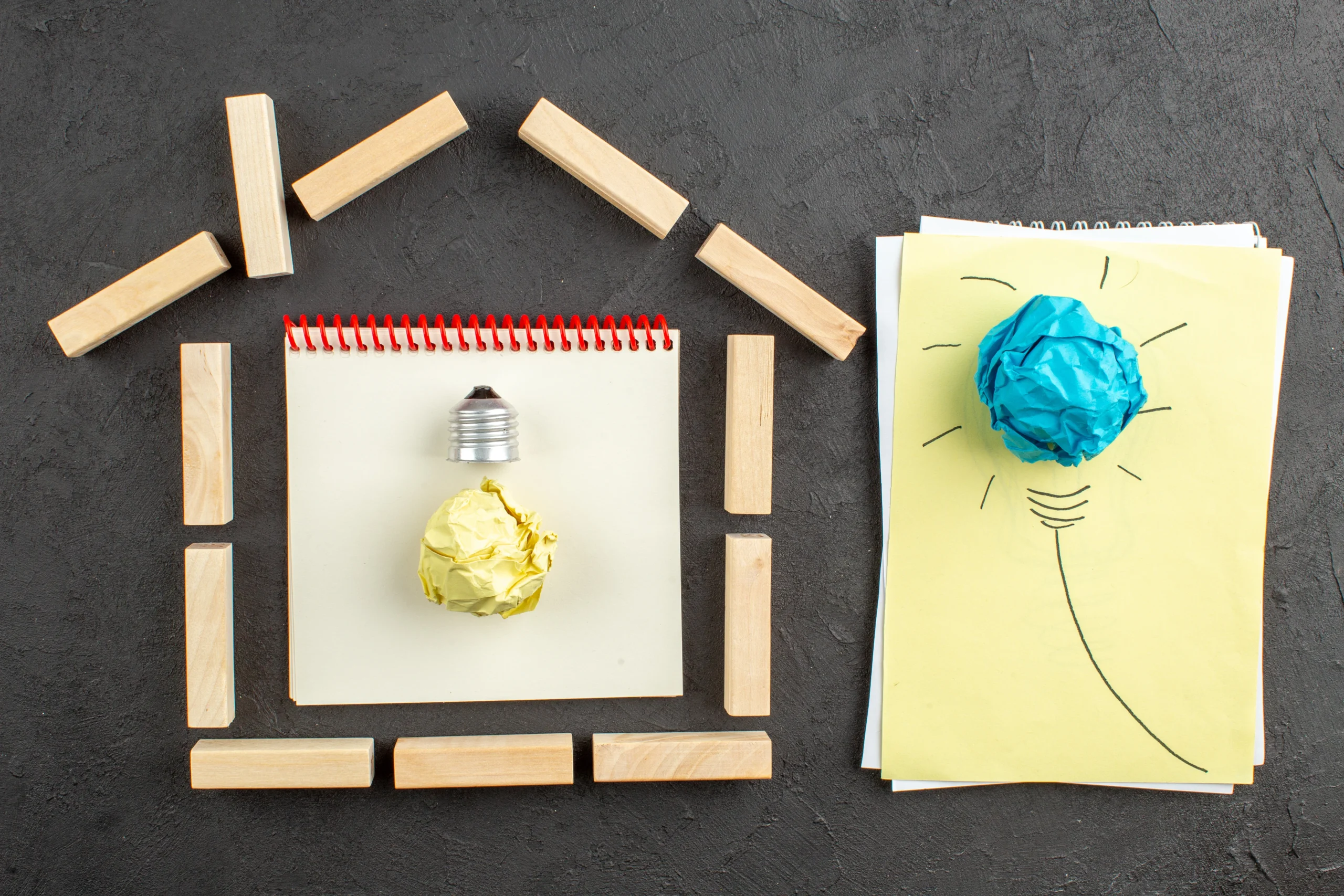Energy bills can be a significant expense for homeowners, but there are numerous strategies you can employ to reduce these costs without compromising your comfort. By making informed choices and adopting energy-efficient practices, you can lower your energy consumption and save money. This comprehensive guide will explore various methods to help you cut down on your energy bill and make your home more energy-efficient.
Understanding Your Energy Bill
Breaking Down Energy Costs
Before you can effectively reduce your energy bill, it’s essential to understand what you’re being charged for. Your energy bill typically includes costs for:
- Electricity: Charged based on the amount of electricity consumed (measured in kilowatt-hours).
- Gas: Charged based on the amount of gas used (measured in therms or cubic feet).
- Service Fees: Charges for service delivery and maintenance.
Reviewing your bill can help identify areas where you might be overspending and highlight opportunities for savings.
Analyzing Energy Consumption Patterns
Tracking your energy consumption patterns can provide insights into where you can make improvements. Many utility companies offer online tools or apps that allow you to monitor your usage and compare it to similar households.
Energy-Efficient Home Improvements
Upgrading Insulation
Good insulation helps keep your home warm in winter and cool in summer, reducing the need for heating and cooling. Consider upgrading:
- Attic Insulation: Ensure your attic is properly insulated to prevent heat loss.
- Wall Insulation: Add insulation to walls, especially if your home is older and lacks modern insulation.
Sealing Leaks
Air leaks can significantly impact your energy consumption. Common areas where leaks occur include:
- Windows and Doors: Use weatherstripping or caulking to seal gaps.
- Ductwork: Check for and seal any leaks in your ductwork to prevent air loss.
Installing Energy-Efficient Windows
Energy-efficient windows reduce heat transfer, helping to maintain a consistent indoor temperature. Look for windows with low-emissivity (low-E) coatings and double or triple glazing for better insulation.
Optimizing Heating and Cooling Systems
Upgrading to a Programmable Thermostat
A programmable thermostat allows you to set different temperatures for different times of the day, reducing heating and cooling when you’re not at home. Features to look for include:
- Smart Thermostats: These can learn your schedule and adjust settings automatically.
- Remote Control: Many smart thermostats offer mobile app control.
Regular Maintenance
Regular maintenance of your heating and cooling systems ensures they operate efficiently:
- Change Air Filters: Replace filters every 1-3 months to maintain airflow and efficiency.
- Service HVAC Systems: Schedule annual inspections and tune-ups for your HVAC systems.
Using Energy-Efficient Appliances
Energy-efficient appliances use less energy than standard models. When replacing appliances, look for:
- Energy Star Ratings: Appliances with the Energy Star label meet strict energy efficiency guidelines.
- High-Efficiency Models: Consider models that offer improved energy savings.
Reducing Energy Consumption in Daily Activities
Managing Lighting
Lighting accounts for a significant portion of your energy bill. To reduce lighting costs:
- Switch to LED Bulbs: LED bulbs use up to 75% less energy than incandescent bulbs and last longer.
- Utilize Natural Light: Open curtains during the day to take advantage of natural light.
Conserving Hot Water
Water heating can be a major energy expense. To conserve hot water:
- Install a Water Heater Timer: Set the timer to heat water only during peak usage times.
- Lower the Temperature: Set your water heater to 120°F (49°C) to reduce energy use without sacrificing comfort.
Efficient Use of Household Electronics
Household electronics can contribute to high energy bills if not used efficiently:
- Unplug Devices: Unplug electronics when not in use to prevent phantom energy consumption.
- Use Power Strips: Plug multiple devices into power strips and turn them off when not in use.
Exploring Renewable Energy Options
Installing Solar Panels
Solar panels can reduce your dependence on the grid and lower your electricity bill. Consider:
- Solar Incentives: Research available tax credits and rebates for solar installations.
- Solar Financing: Explore options for financing or leasing solar panels.
Exploring Other Renewable Energy Sources
In addition to solar panels, other renewable energy options include:
- Wind Turbines: Small-scale wind turbines can generate electricity for your home.
- Geothermal Heating and Cooling: Geothermal systems use the earth’s temperature to regulate indoor temperatures efficiently.
Behavioral Changes for Energy Savings
Adopting Energy-Saving Habits
Small behavioral changes can lead to significant savings:
- Turn Off Lights: Turn off lights when leaving a room.
- Adjust Thermostat Settings: Lower the thermostat in winter and raise it in summer by a few degrees.
Educating Household Members
Ensure that all household members understand the importance of energy conservation and how to implement energy-saving practices.
Conclusion: Embracing Energy Efficiency for Savings
Reducing your energy bill is achievable with a combination of home improvements, efficient system management, and mindful habits. By upgrading insulation, optimizing heating and cooling systems, and adopting energy-saving practices, you can lower your energy consumption and reduce costs.
Additionally, exploring renewable energy options and making small behavioral changes can further enhance your savings. Embracing energy efficiency not only helps in cutting costs but also contributes to a more sustainable and eco-friendly lifestyle. With these strategies, you can take control of your energy bills and make a positive impact on both your wallet and the environment.


